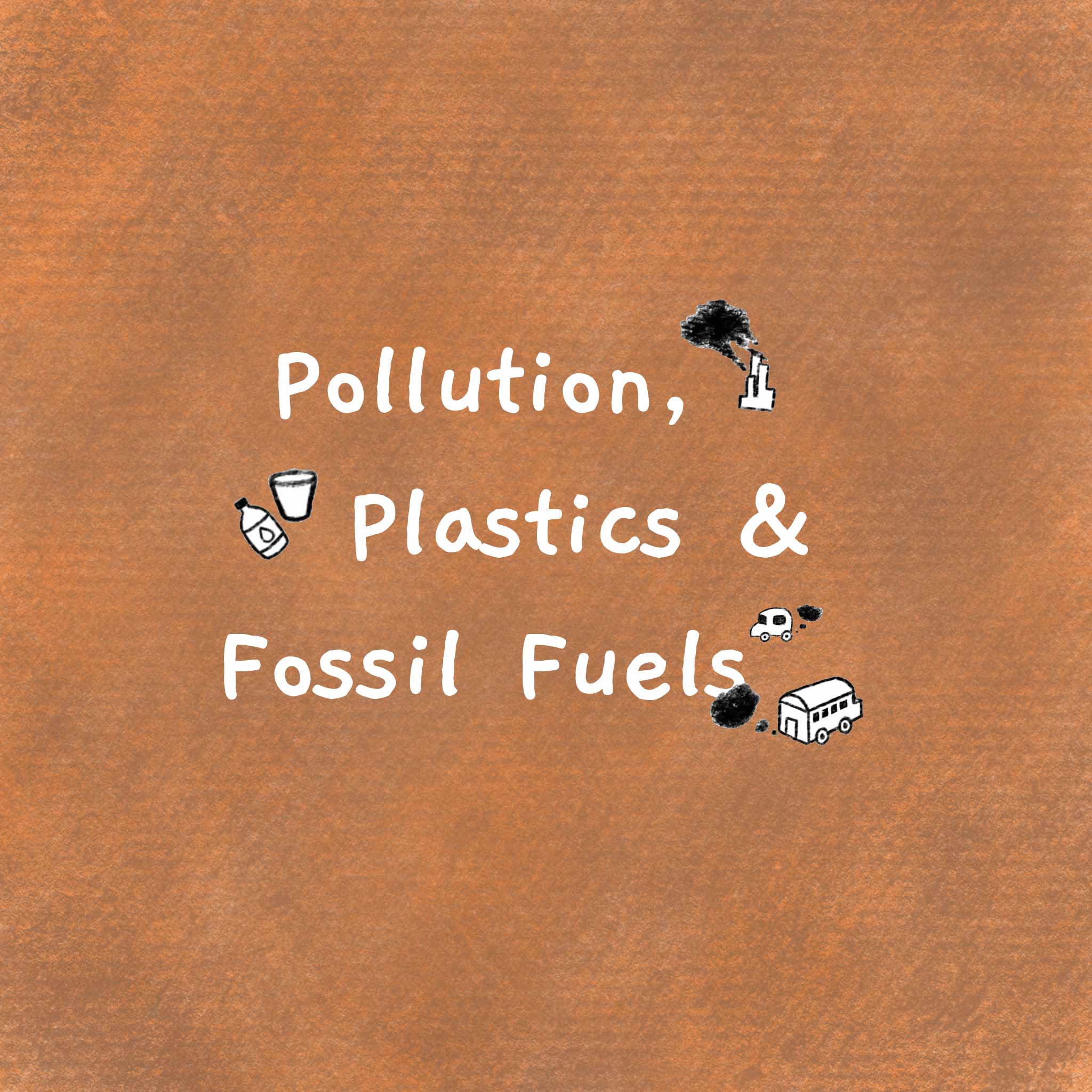
Plastic is a convenient material that plays a large role in our daily lives, but it comes with hidden health risks. Many plastic products contain harmful chemicals like Bisphenol A (BPA) and phthalates, which can leach out of containers and into the food and drinks they store. These chemicals are known endocrine disruptors, meaning they can mimic or interfere with the body’s hormones, potentially leading to reproductive issues, developmental problems in children, and an increased risk of cancers like breast and prostate cancer.
Exposure to plastics goes beyond food packaging; it also comes from everyday items like toys, cosmetics, and personal care products. Phthalates, often used to soften plastics, are present in many fragrances, lotions, and shampoos. Ingesting or absorbing these substances can lead to metabolic disorders, reduced fertility, and disruptions in thyroid function. For pregnant women, exposure to these chemicals can harm fetal development, contributing to long-term health issues for their children.
Microplastics, tiny particles resulting from the breakdown of larger plastic objects, are another growing concern. Found in the air we breathe, the water we drink, and even in seafood, these microplastics can accumulate in human tissues. Early research suggests that they may cause inflammation, contribute to oxidative stress, and potentially impact the immune system. Although the full impact of microplastics on human health is still being studied, the presence of these particles in our bodies is an alarming sign of widespread environmental contamination.
Reducing plastic exposure is crucial for protecting our health. Opting for alternatives like glass or stainless steel containers, avoiding plastic-wrapped foods, and being mindful of the products we use can help limit our contact with these harmful substances. While it’s nearly impossible to eliminate plastics from our lives entirely, small changes can reduce our exposure to these toxic chemicals and mitigate their health risks.